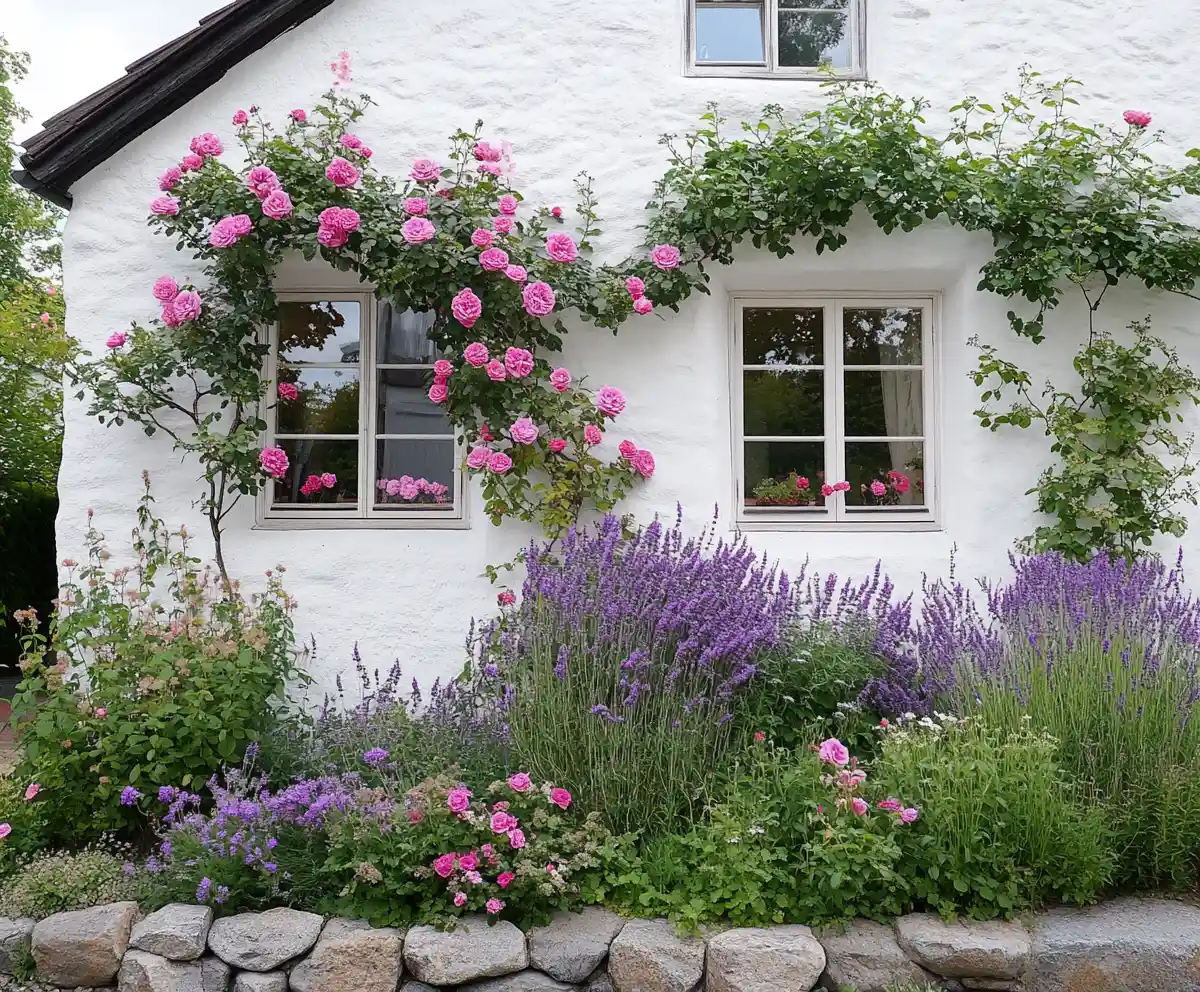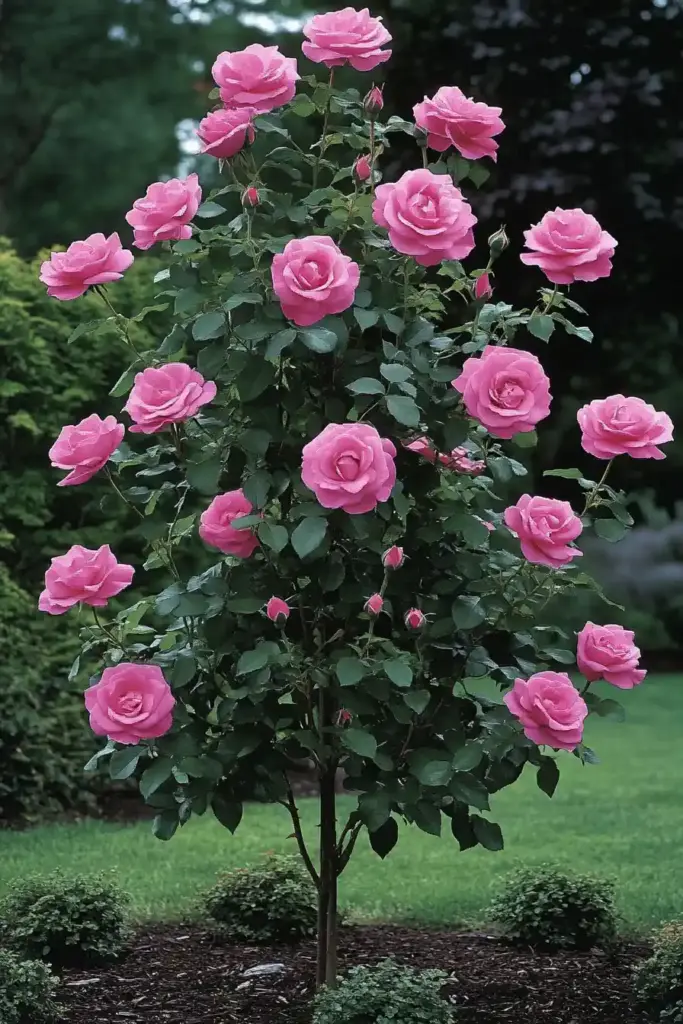Tree roses—also called standard roses—are showstoppers in the garden. With their elegant structure and vibrant blooms, they add a regal touch to landscapes. But let’s be real: while they can be the crown jewel of your yard, they can also become a droopy disaster if not properly cared for.
In this comprehensive guide, you’ll learn how to grow and maintain stunning tree roses that turn heads for all the right reasons. From understanding their unique structure to pruning, staking, and choosing the right variety, we’ve got you covered.
📘 What You’ll Learn
- What a tree rose actually is
- How to plant and grow them successfully
- How to prune for health and aesthetics
- Winter care essentials
- Recommended tree rose varieties
- Creative landscape uses for tree roses
🌳 What Is a Tree Rose?
Despite the name, tree roses aren’t actual trees. They’re the result of grafting—a process where a flowering rose variety (called the scion) is fused onto a tall, sturdy stem (the standard) and anchored by a hardy rootstock.
Here’s how they’re built:
- Rootstock: Often varieties like ‘Dr. Huey’, Rosa multiflora, or Rosa canina
- Stem: Typically selected for strength and disease resistance
- Scion (Top): The part that blooms—commonly hybrid teas, floribundas, or climbing roses
Tree roses come in several forms:
- Standard: Single round “ball” of blooms atop the stem
- Tiered: Three flowering sections stacked vertically
- Weeping: Cascading branches for a dramatic effect
Commercial growers typically spend 4–5 years developing each tree rose before it hits the market. They’re available as either bare root plants or in containers ready to be transplanted.
🌱 Growing Tree Roses: How to Plant and Care for These Floral Showpieces
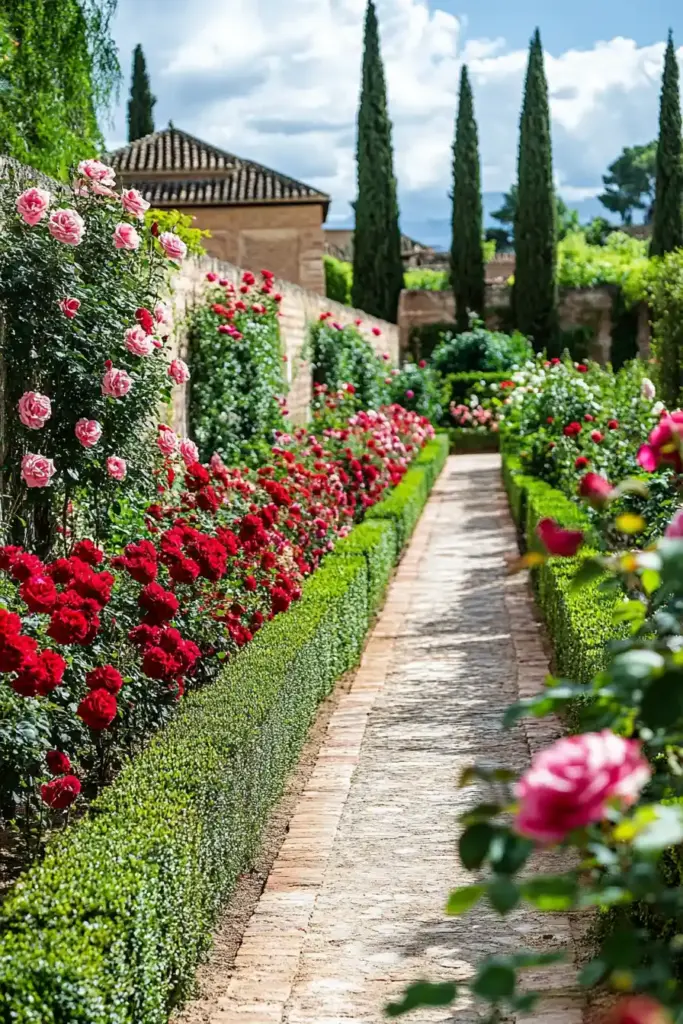
Planting and growing tree roses is similar to caring for shrub roses—but with a few crucial differences due to their unique structure.
🌬️ Location Matters
Tree roses are top-heavy and prone to tipping. Choose a spot that:
- Offers full sun (6+ hours daily)
- Avoids strong wind—especially gusty corners or exposed sites
- Has well-draining soil rich in organic matter
🪴 How to Plant
For Potted Tree Roses:
- Dig a hole twice as wide and as deep as the pot
- Place the rose so it sits at the same level it was growing in the container
- Backfill with soil and water deeply
For Bare Root Roses:
- In Zones 7 and warmer, plant with the graft union just above soil level
- In colder Zones 6 and below, bury the graft union 1-2 inches below soil level for added winter protection
Learn more in our bare root rose planting guide [link suggestion: internal article on “How to Plant Bare Root Roses”].
🪢 Staking: Non-Negotiable
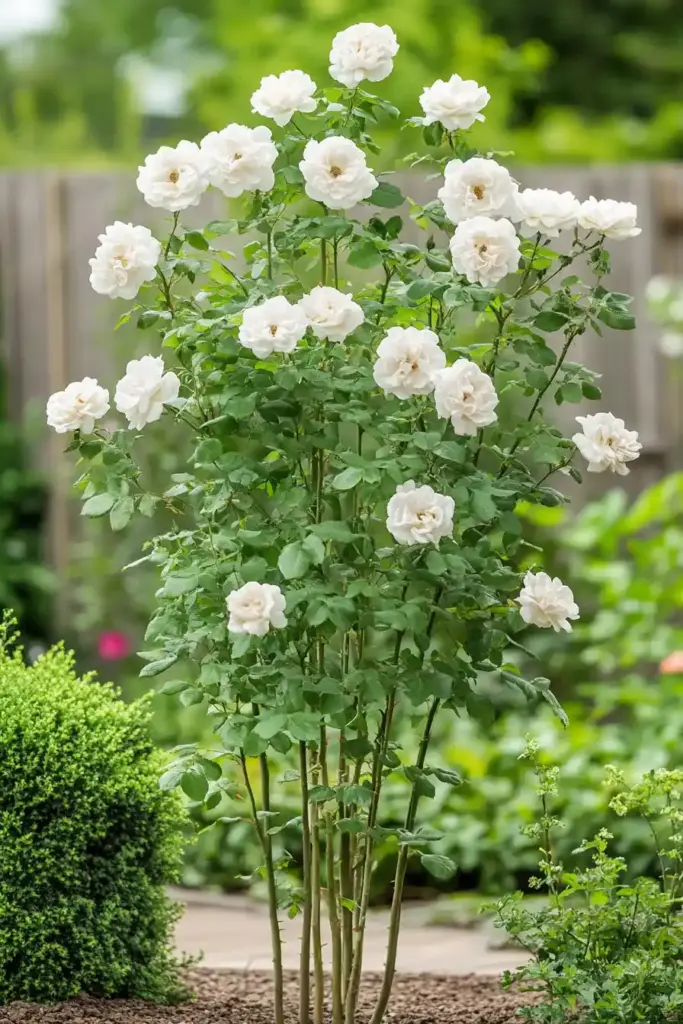
Tree roses must be staked—no exceptions. Their long stems can’t support the weight of the flowering head alone.
Here’s how to stake like a pro:
- Use a metal pipe, rebar, or treated hardwood—not bamboo or plastic
- Drive the stake at least 12 inches into the ground and extend it up into the crown
- Tie the stem loosely using soft, non-damaging material like:
- Garden Velcro
- Nylon stockings
- Soft rubber ties
💡 Pro Tip: Slide a piece of garden hose over the stake where it touches the stem to prevent rubbing or damage.
As the tree grows, adjust the ties and replace worn materials as needed. For compact varieties with wild rose scions, you might be able to remove the stake after a few years—but always monitor for tilting.
✂️ Pruning Tree Roses: Shaping, Strength, and Sucker Control
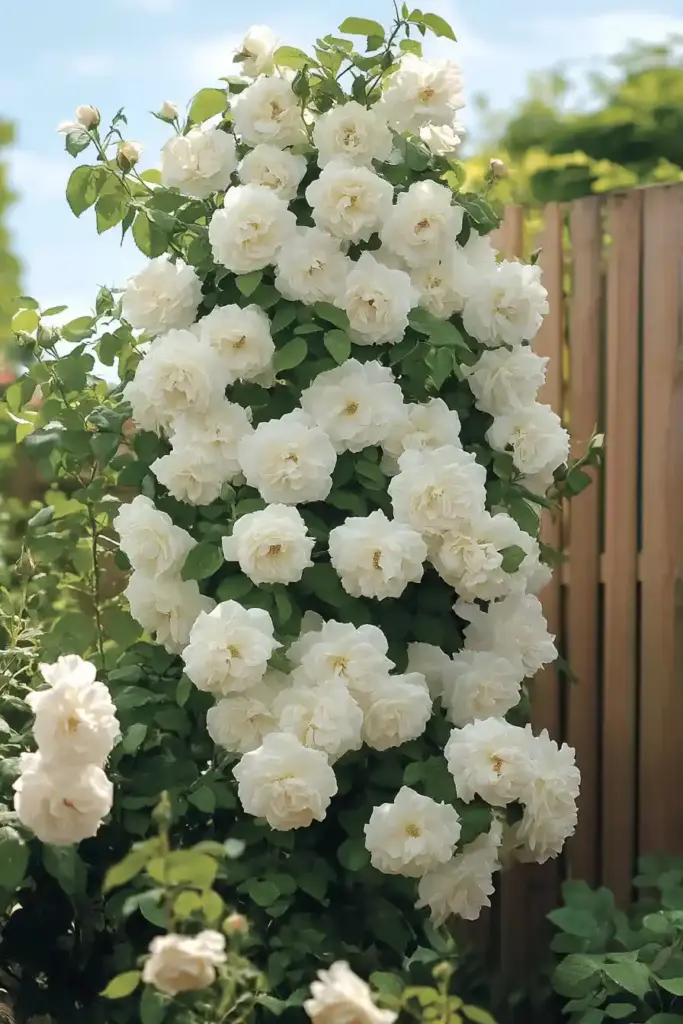
Pruning isn’t just about keeping your tree rose pretty—it’s vital for its health and structural integrity. Without regular maintenance, your elegant garden centerpiece can quickly become unruly or even damaged.
🧼 Why Prune?
- Maintain shape (especially topiary or standard forms)
- Encourage vigorous new growth
- Remove dead, diseased, or weak canes
- Prevent the rootstock (especially ‘Dr. Huey’) from taking over
🕰️ When and How to Prune
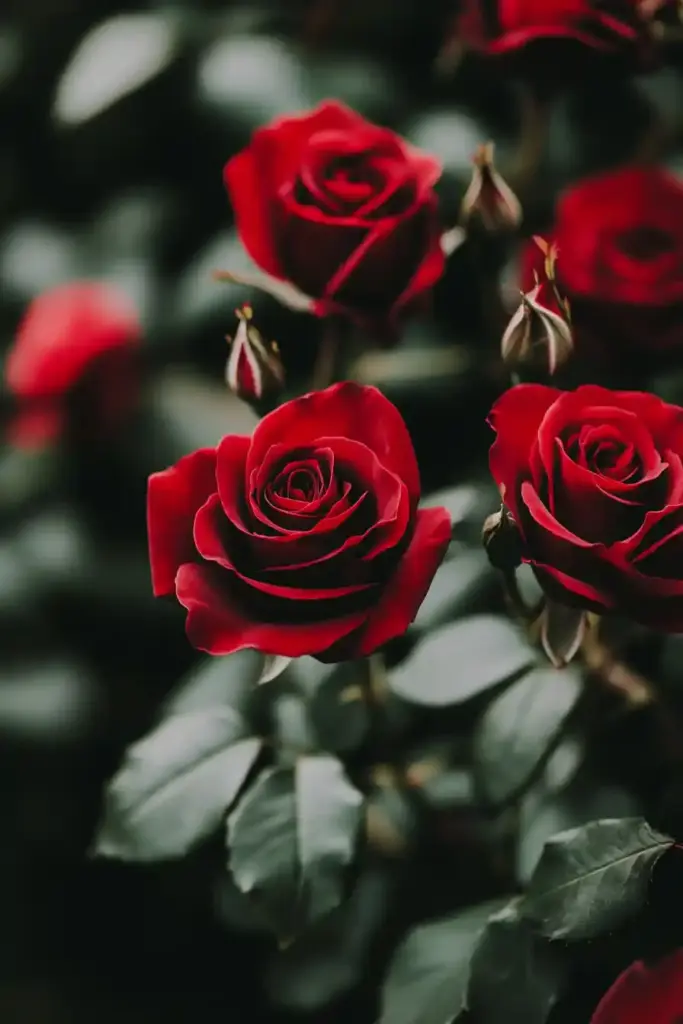
Late Winter/Early Spring
- Do a hard prune to shape the canopy
- Remove up to ⅓ of the growth, especially on hybrid teas and floribundas
- Clip back any branches that cross, rub, or grow inward
Summer
- Deadhead regularly to encourage blooming
- Lightly trim to maintain form
💡 Want a more natural look? Simply remove weak or dead canes and thin out overcrowded areas.
🥀 Stop Suckers Before They Start
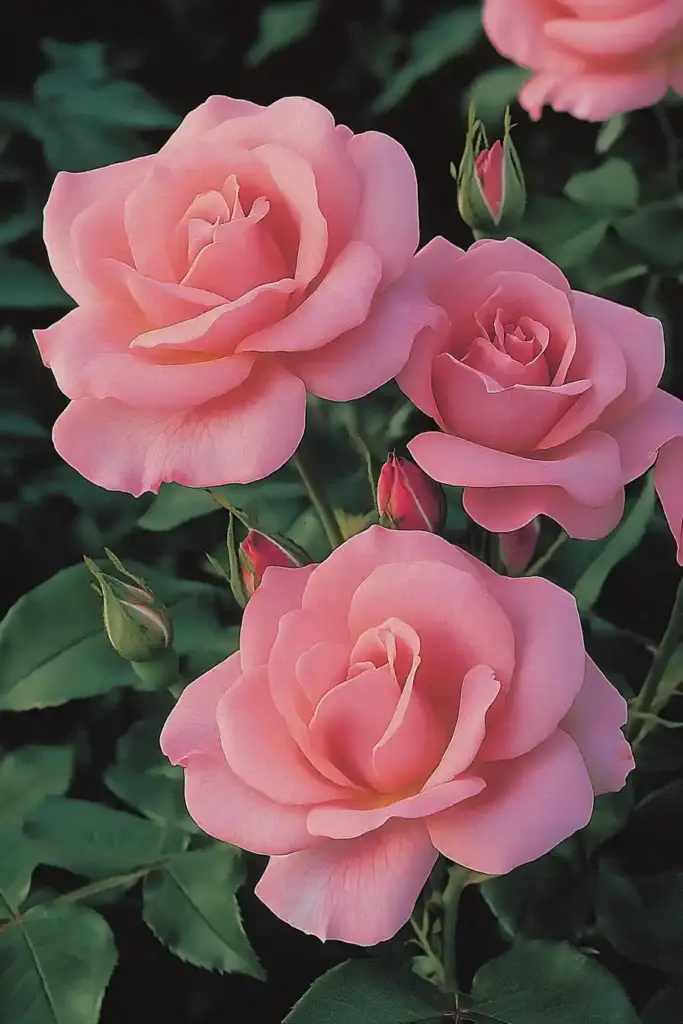
If your tree rose is grafted onto a vigorous rootstock like ‘Dr. Huey’, you’ll need to be extra watchful for suckers—those sneaky shoots that grow from below the graft union or straight from the soil.
Here’s how to handle them:
- Tear, don’t cut: Gently pull suckers off instead of snipping—this removes part of the growth node and reduces regrowth.
- If below soil level: Dig down and remove the sucker right at its base.
- Refill soil and tamp it down firmly to discourage new growth.
Regular sucker patrol is essential, especially in spring and early summer.
❄️ Winter Care for Tree Roses: Keeping Your Beauties Safe in the Cold
Tree roses are more vulnerable to cold than shrub roses, mostly because their graft union is elevated above ground. That means extra attention is needed to ensure they survive winter unscathed—especially in colder climates.
🧣 Wrapping and Insulating
If you live in Zones 7 and above, basic protection usually suffices:
- Wrap the top and stem in burlap
- Pile pine boughs or mulch around the base to insulate the roots
For Zones 6 and below, you’ll want to take it a step further:
- Prune back the head by half to reduce snow and wind damage
- Wrap thoroughly, from top to base
- Heap mulch generously around the bottom third of the stem
🪴 Container Overwintering
If your tree rose is in a pot, you’ve got flexibility. Here’s how to protect it:
- Move it indoors into a cool garage or shed (above freezing but under 50°F)
- Water lightly just enough to keep the roots from drying out
- Alternatively, bury the entire pot or root ball in a trench, cover with mulch or straw, and dig it up again in spring
💡 Bonus: Own-root varieties like ‘Polar Joy’ are naturally more winter-hardy and don’t need quite as much babying.
🌼 Recommended Tree Rose Varieties: Beauty Meets Durability
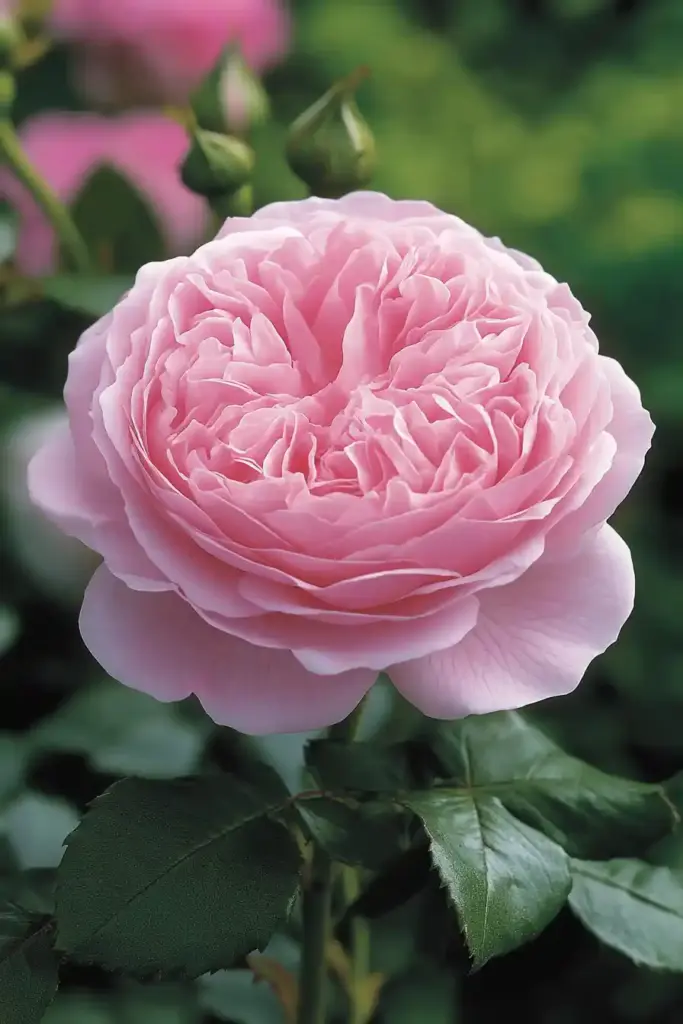
Not all tree roses are created equal. Some are bred for resilience, while others shine with breathtaking blooms. Below are top picks for gardeners seeking reliability, elegance, or both.
🌿 Hardy & Low-Maintenance Favorites
These are ideal for colder zones or gardeners who want less fuss.
- ‘Polar Joy’
- Why it stands out: An own-root variety (not grafted!), so no suckers to fight
- Bonus: Exceptionally winter-hardy and disease-resistant
- Look: Light pink blooms with soft yellow centers
- ‘Renae’
- Why it stands out: Thornless, fragrant, and graceful with weeping growth
- Bonus: Excellent for cascading forms
- Look: Semi-double, light pink flowers with a romantic drape
🌸 Show-Stopping Flower Power
These varieties deliver visual impact with bold, colorful blooms.
- ‘Silver Jubilee’
- Look: Big, ruffled, fragrant double blossoms
- Style: Classy and dramatic—perfect for formal gardens
- ‘Blessings’
- Look: Salmon-pink hybrid tea blooms
- Bloom Habit: Repeats flowering for long seasonal color
- ‘Olivia Rose Austin’
- Why it stands out: Pest- and disease-resistant
- Look: Soft pink, cupped double blooms with a classic English rose feel
- Knock Out® Series (Red, Pink, Yellow)
- Why it stands out: Ultra low-maintenance and self-cleaning
- Perfect for: Beginners or low-effort landscaping
- Style: Bright, bushy, and bold color all season long
No matter your style—romantic, cottagecore, or formal—you can find a tree rose that fits the mood of your garden.
🌿 Best Uses for Tree Roses in the Garden
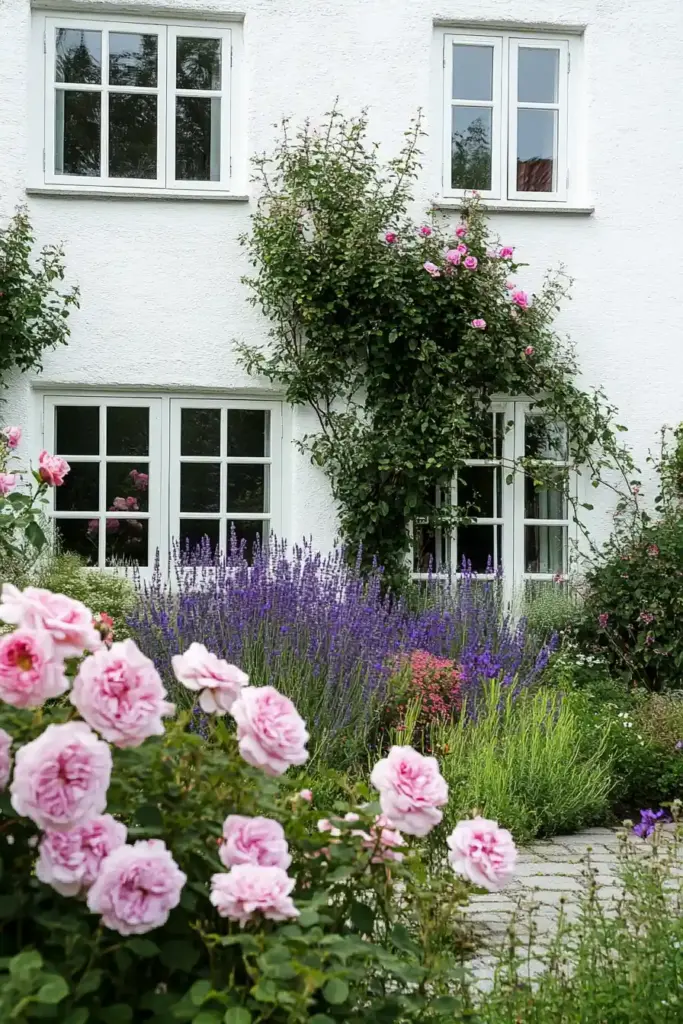
Tree roses are more than just floral eye candy—they’re a design tool. Thanks to their elevated blooms and sculptural form, they can transform a basic garden into a thoughtfully curated landscape.
🎯 Use Them as Focal Points
- Plant a single tree rose in the center of a circular bed or courtyard
- Flank entryways or garden gates with matching standards for symmetry
- Feature them in raised beds or terraced gardens to draw the eye upward
🚶♂️ Line Them Along Paths or Fences
Use tree roses to create:
- A border row along a fence line or driveway
- A romantic walkway, especially when paired with fragrant varieties
- Visual rhythm in the landscape by alternating tree roses with evergreens or perennials
🪴 Try Container Gardening
Tree roses thrive in large pots—just be sure the container is:
- Heavy and wide enough to resist tipping
- At least 5–15 gallons in size, depending on rose height
💡 Design Tip: Add trailing plants around the base for a lush, layered look. Great choices include:
- Petunias
- Fuchsia
- Sweet potato vine
- Creeping Jenny
Don’t forget to stake even container-grown roses—and consider adding wheels to large pots for easier winter moves.
✅ Conclusion: Tree Roses—Elegant, Elevated, and Worth the Effort
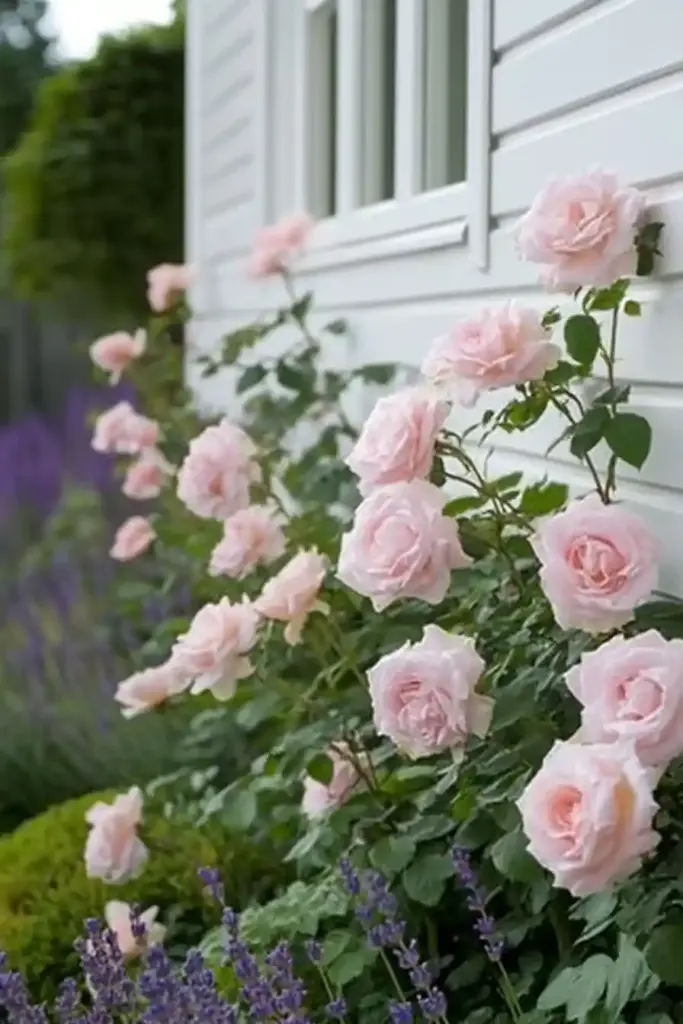
Tree roses can elevate your garden—literally and figuratively. Whether you’re aiming for a formal focal point or a whimsical weeping specimen, these dramatic plants deliver serious curb appeal.
But remember, their beauty comes with responsibility. Regular pruning, proper staking, and thoughtful winter care are key to keeping your tree rose thriving—not toppling. With the right variety and placement, they can be the crown jewel of your landscape, turning heads season after season.

